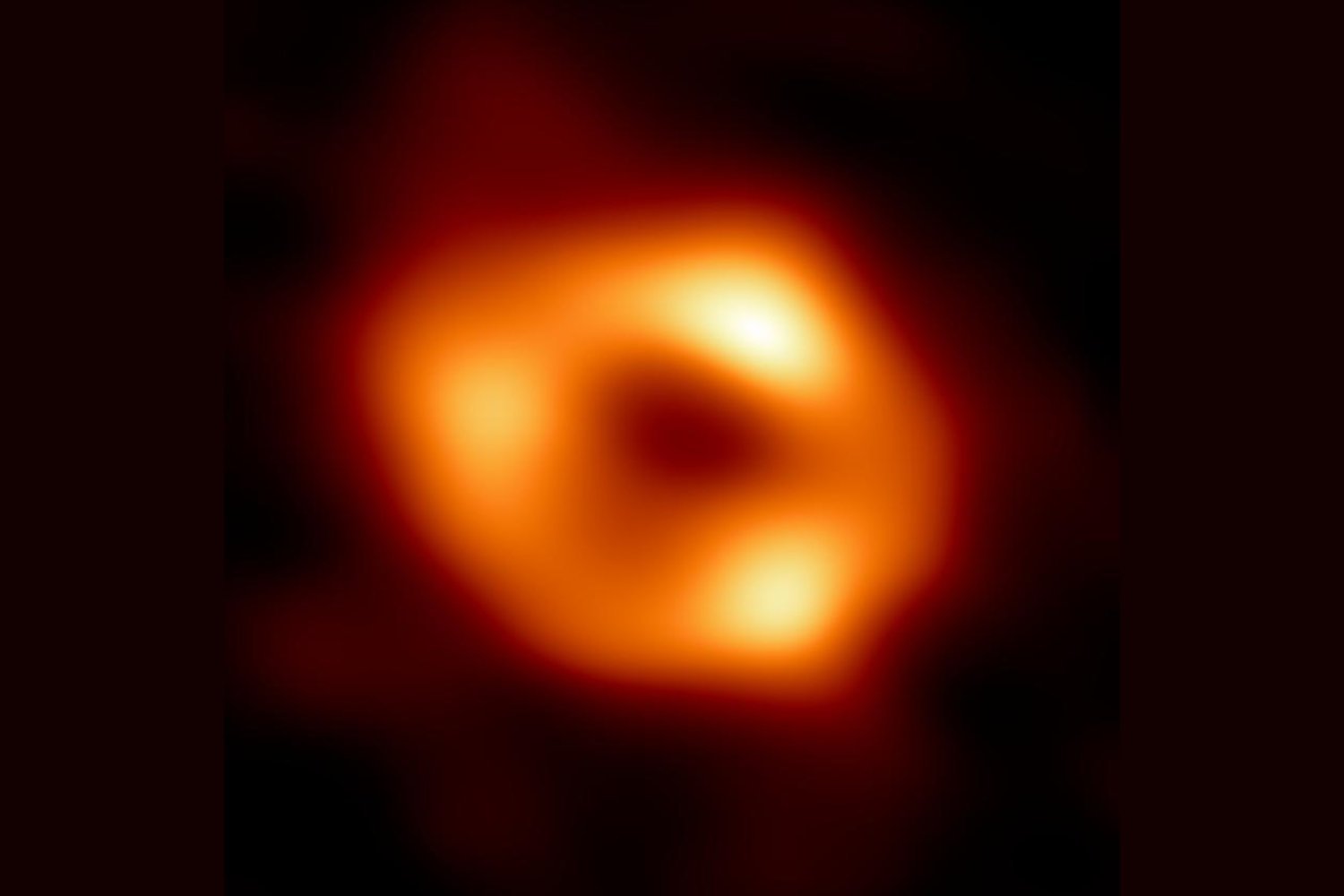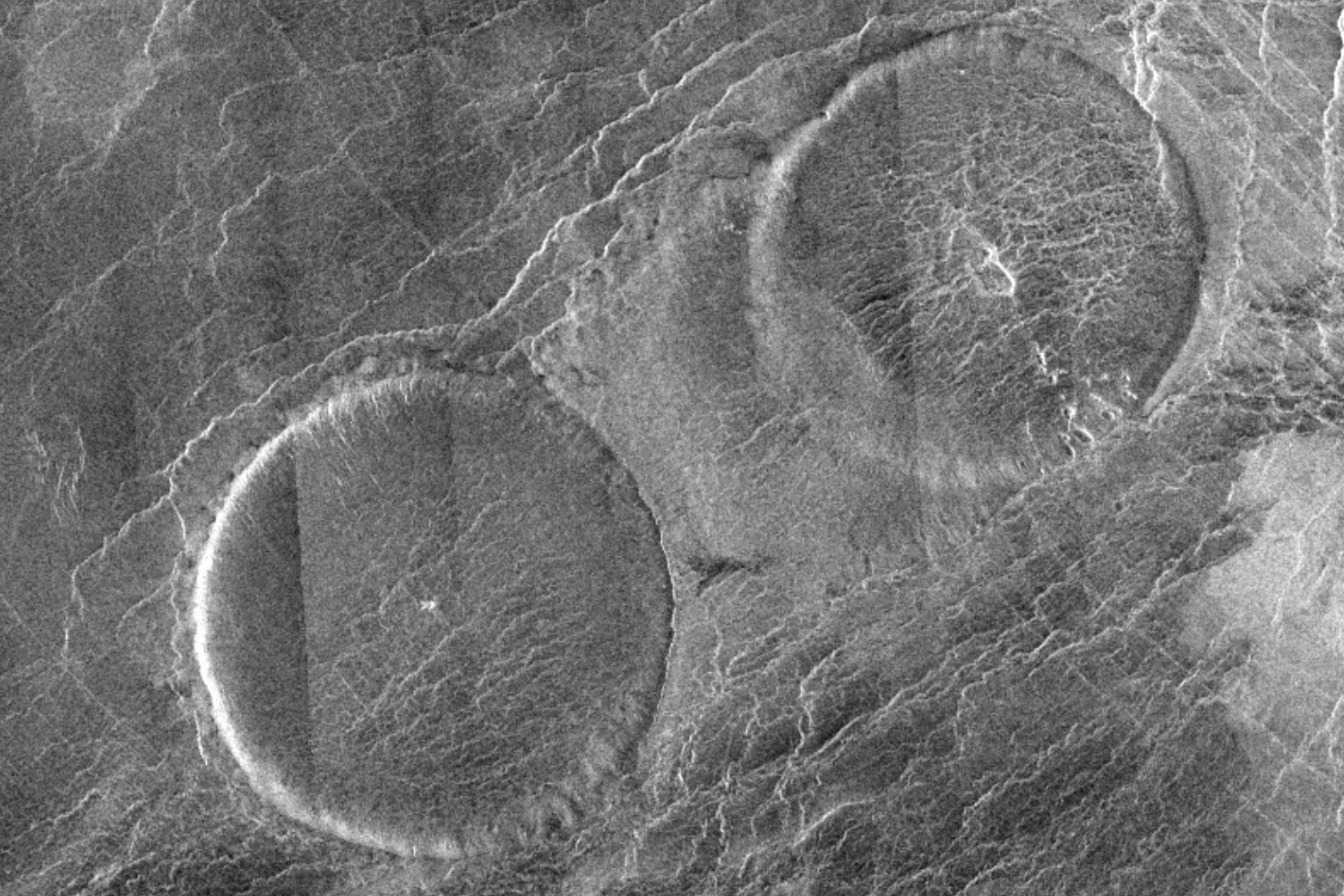The Sun’s enigmatic outer atmosphere, the Sun’s corona, a superheated expanse typically invisible except during total solar eclipses, has now been observed with unparalleled clarity. Scientists have leveraged a groundbreaking adaptive optics system to cut through Earth’s atmospheric distortion, providing exceptionally detailed views of the wispy plasma dynamics on our star’s surface, including insights into phenomena like coronal rain.
This significant advancement comes from researchers at the National Solar Observatory (NSO) and New Jersey Institute of Technology (NJIT). Their findings, published in Nature Astronomy, showcase remarkably fine-scale structures within solar prominences, transient plasma jets known as spicules, and the aforementioned coronal rain—cooling plasma descending to the solar surface along the Sun’s magnetic field lines.
The “Cona” System: A Leap in Solar Imaging
The core of this imaging breakthrough is a technology called coronal adaptive optics. Installed on the 5.25-foot (1.6-meter) Goode Solar Telescope in California, the new system—nicknamed “Cona”—adjusts a mirror 2,200 times per second. This rapid correction counteracts distortions from Earth’s atmosphere, producing exceptionally sharp images of the faint Sun’s corona.
“This technological advancement is a game-changer,” said Dirk Schmidt, an adaptive optics scientist at NSO and the study’s lead author, in an NSO observatory release. “There is a lot to discover when you boost your resolution by a factor of 10.”
 High-resolution image of a solar prominence in the Sun's corona, captured with advanced coronal adaptive optics technology, revealing fine plasma details.
High-resolution image of a solar prominence in the Sun's corona, captured with advanced coronal adaptive optics technology, revealing fine plasma details.
Until now, solar telescopes mainly used adaptive optics for the Sun’s brighter surface. Observing the fainter corona was a persistent challenge, with features blurred to scales of 621 miles (1,000 kilometers)—a resolution limit that stood for 80 years. “Cona,” however, now resolves features down to just 39 miles (63 km), the Goode telescope’s theoretical limit, offering deeper insights into solar atmospheric phenomena. [Explore more about advanced telescope technologies on MaagX.]
Unveiling Unprecedented Solar Phenomena
Among the new footage are striking images of a twisting solar prominence reshaping in real time, short-lived plasma jets called spicules flickering on the surface, and fine, hair-like strands of coronal rain, some narrower than 12.5 miles (20 km). Considering the Sun’s distance, the corona’s faintness, and Earth’s turbulent atmosphere, the sharpness of these images is a significant triumph for solar observation.
“This transformative technology, which is likely to be adopted at observatories world-wide, is poised to reshape ground-based solar astronomy,” said study co-author Philip Goode, a physicist at NJIT-CSTR, in the same release. “With coronal adaptive optics now in operation, this marks the beginning of a new era in solar physics, promising many more discoveries in the years and decades to come.”
These detailed observations provide crucial data for unraveling enduring solar mysteries, such as why the Sun’s corona is millions of degrees hotter than the solar surface. [Discover the latest breakthroughs in solar physics on MaagX.]
Future Horizons in Coronal Observation
The research team plans to implement this groundbreaking coronal adaptive optics technology on the larger 13-foot (4-meter) Daniel K. Inouye Solar Telescope in Hawaiʻi. This advancement is expected to reveal even smaller, more intricate details of the Sun’s dynamic atmosphere, furthering our understanding of our star.
In summary, the advent of the “Cona” coronal adaptive optics system represents a monumental leap in our ability to study the Sun’s corona. This technology provides unprecedentedly clear views of dynamic solar phenomena like prominences, spicules, and coronal rain, heralding a new era for solar physics. As scientists anticipate even greater insights from future implementations on larger telescopes, MaagX will continue to bring you the latest developments in space exploration and astronomical breakthroughs.











